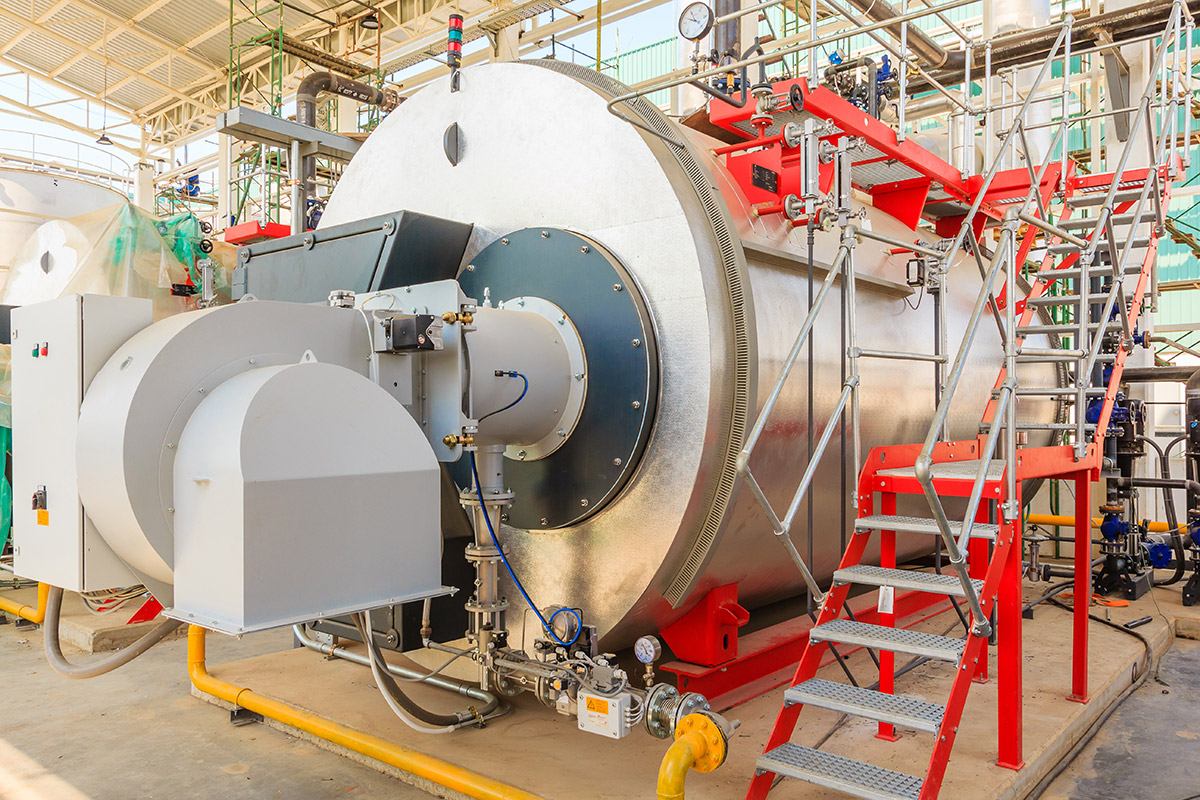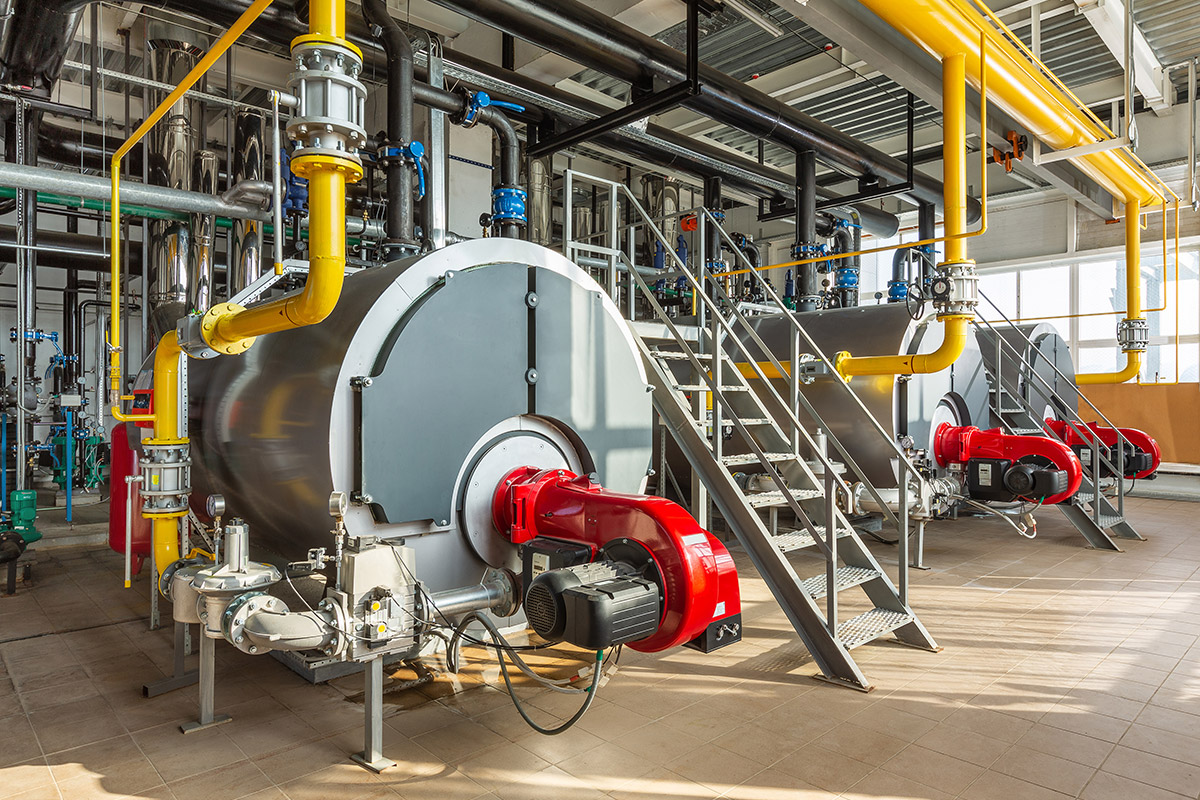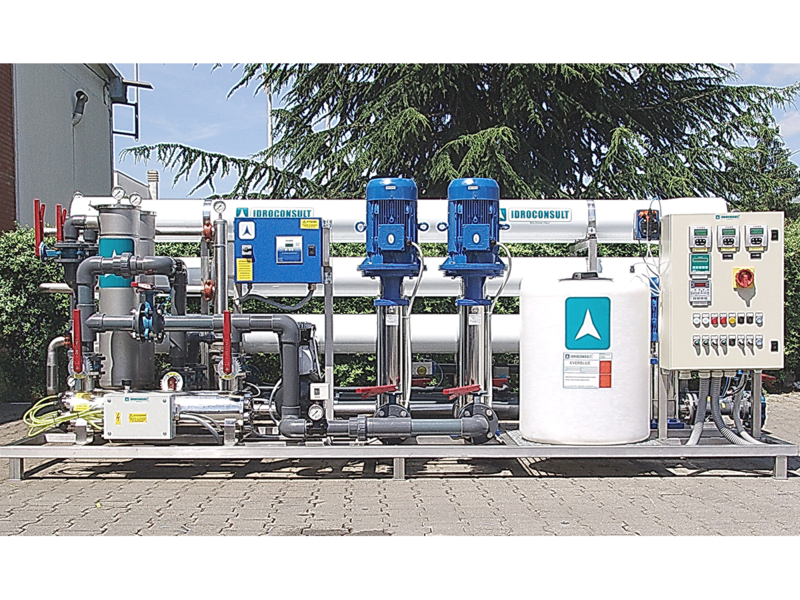 The cost of the treatment system for a power station is not so much the investment to be made as much as the running costs and the results that can be achieved.
The cost of the treatment system for a power station is not so much the investment to be made as much as the running costs and the results that can be achieved.
Where the recovery of condensation is high it must be appreciated that the capital invested in the steam generators was substantial and so the following must be evaluated:
- duration in time
- combustion working yield
- protection of the distribution networks
- protection of the utilisation systems
- manufacturer’s guarantee
The manufacturer of the steam generator supplies guarantees on the generator for very long terms. In order for these guarantees to be valid, not only does the combustion need to be carefully controlled but above all the water must be effectively purified.
Since the water is the main cause of problems that can occur even in the short term, it is worth dwelling on this issue to examine and prevent future headaches.
In the light is these considerations, it really is advisable to think again about a treatment system whose only advantage is the low cost of installation and nothing more.
The systems universally acknowledged as being most valid are reverse osmosis and demineralisation by resin exchange.
Water conditioning chemical products for thermal power stations are very costly and therefore excluded.
Furthermore, they contribute to increasing the salinity in the boiler and therefore accentuate the amount of water discharged.
 Reverse osmosis is the most reliable system by far.
Reverse osmosis is the most reliable system by far.
The reason for this can be found in the purely structural design of the system.
Because of the way they are made, the membranes do not allow the passage of molecules of greater size than those of pure water and this is an absolute guarantee.
The same thing cannot be said of resin-based processes where during the regeneration phase all it needs is for a valve to malfunction for the cycle not to complete.
It follows that the incomplete regeneration of the softening system as well as the demineralisation system is enough to compromise the conditions inside the generator.
This is very important considering that today, because of the high cost of staffing, thermal power stations are no longer continuously supervised.
So besides the quality of the water obtained, the reverse osmosis system contributes more than any other to the safety of the plant in operation and the reduction of these hidden costs that are not usually taken into consideration.
The power station in question must always be able to work at maximum output, minimum running costs and above all must have a long working life.
The investment costs of reverse osmosis are generally higher than both softening and demineralisation systems, but the low running costs in comparison are much more advantageous in the short-medium term.
The above has been expressed succinctly in order to draw the attention of technicians to a problem of primary importance for a continuous cycle industry.
The best solution to your problem
Contact us for a personalized offer
 IT
IT


